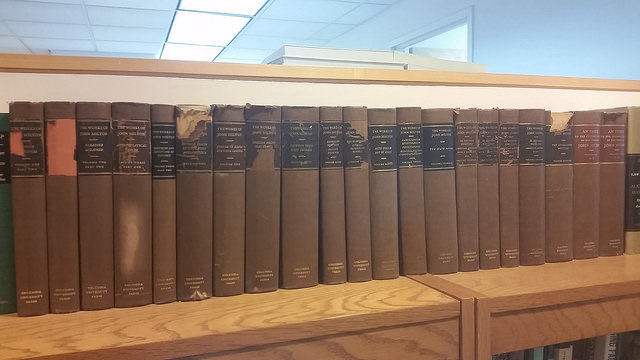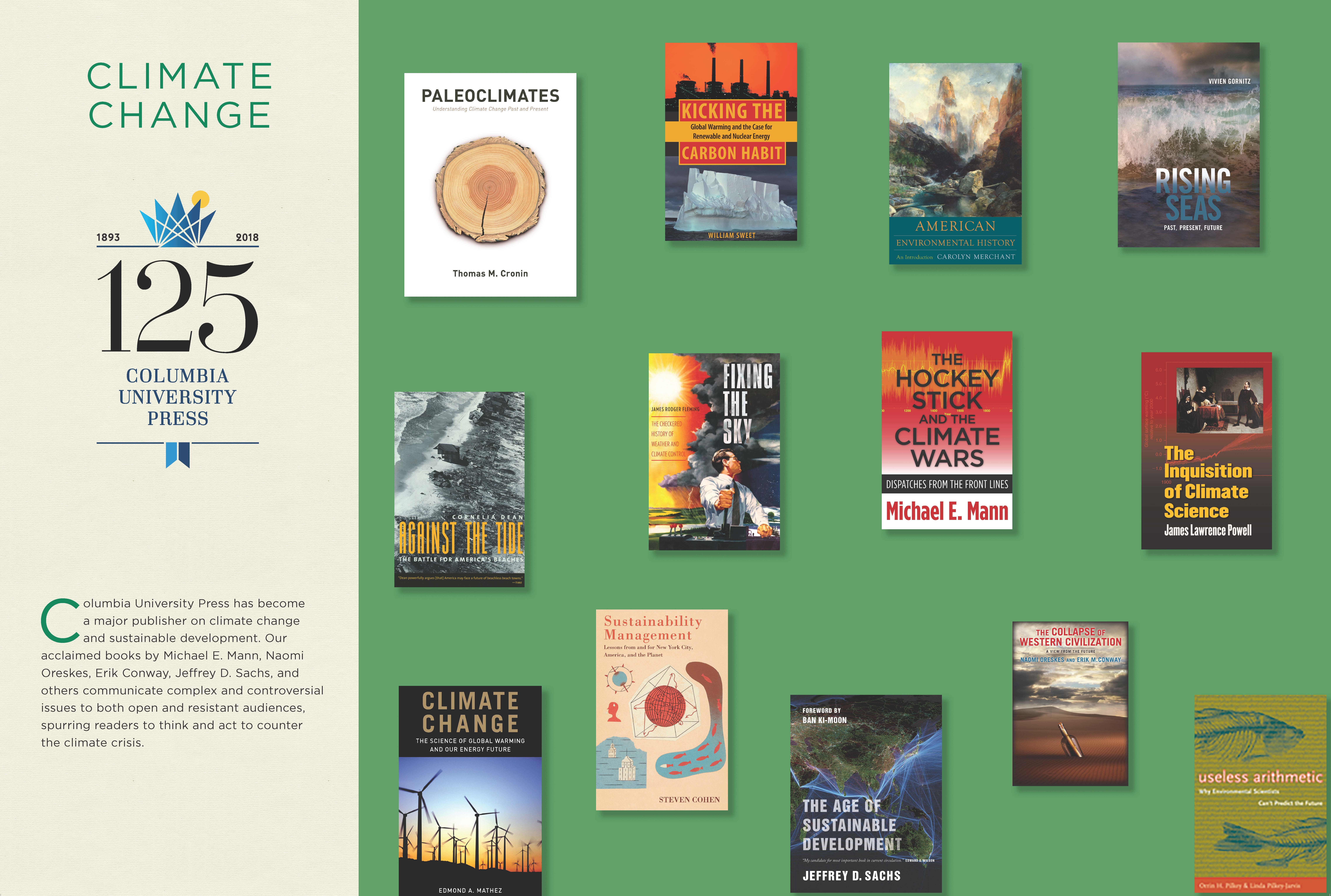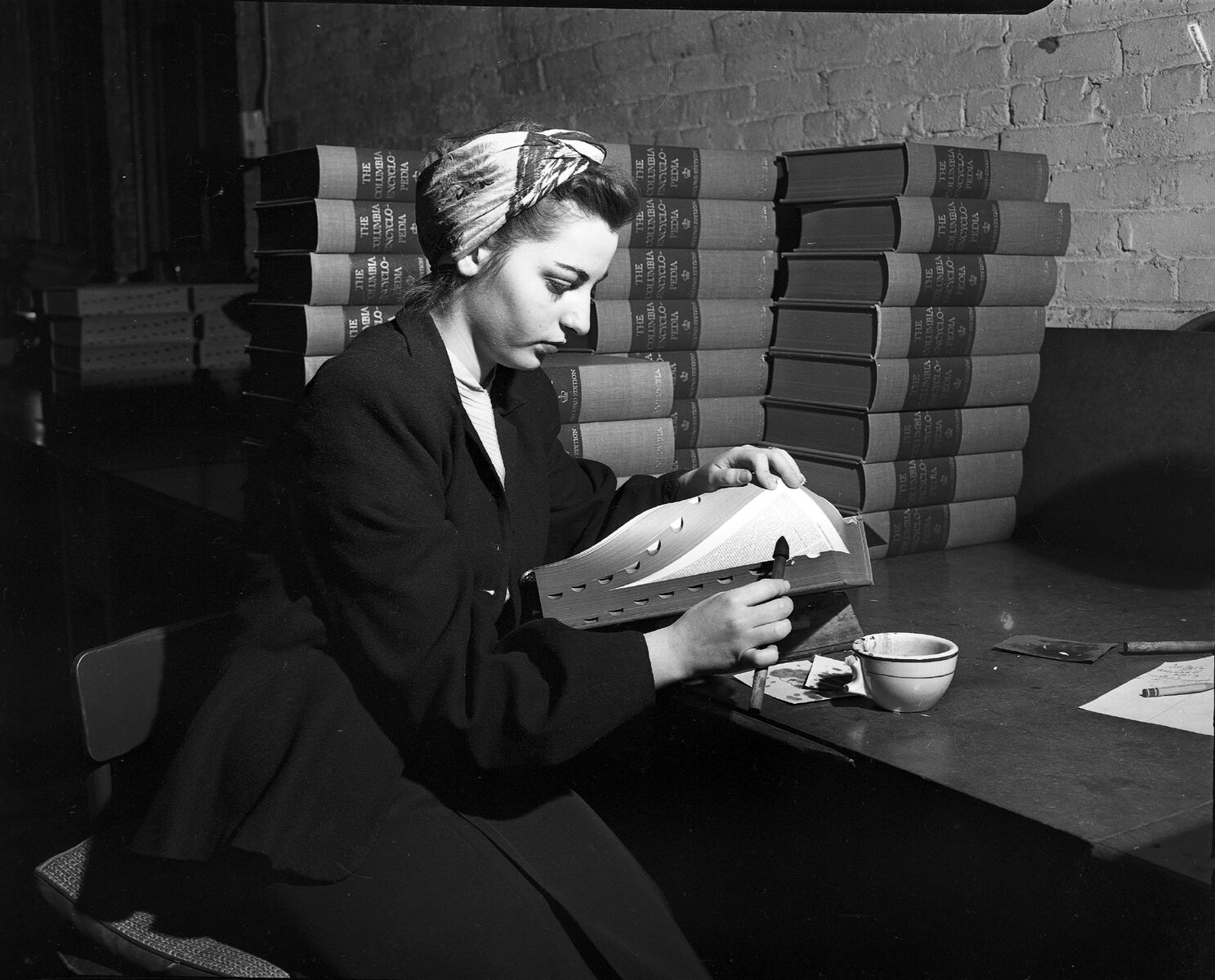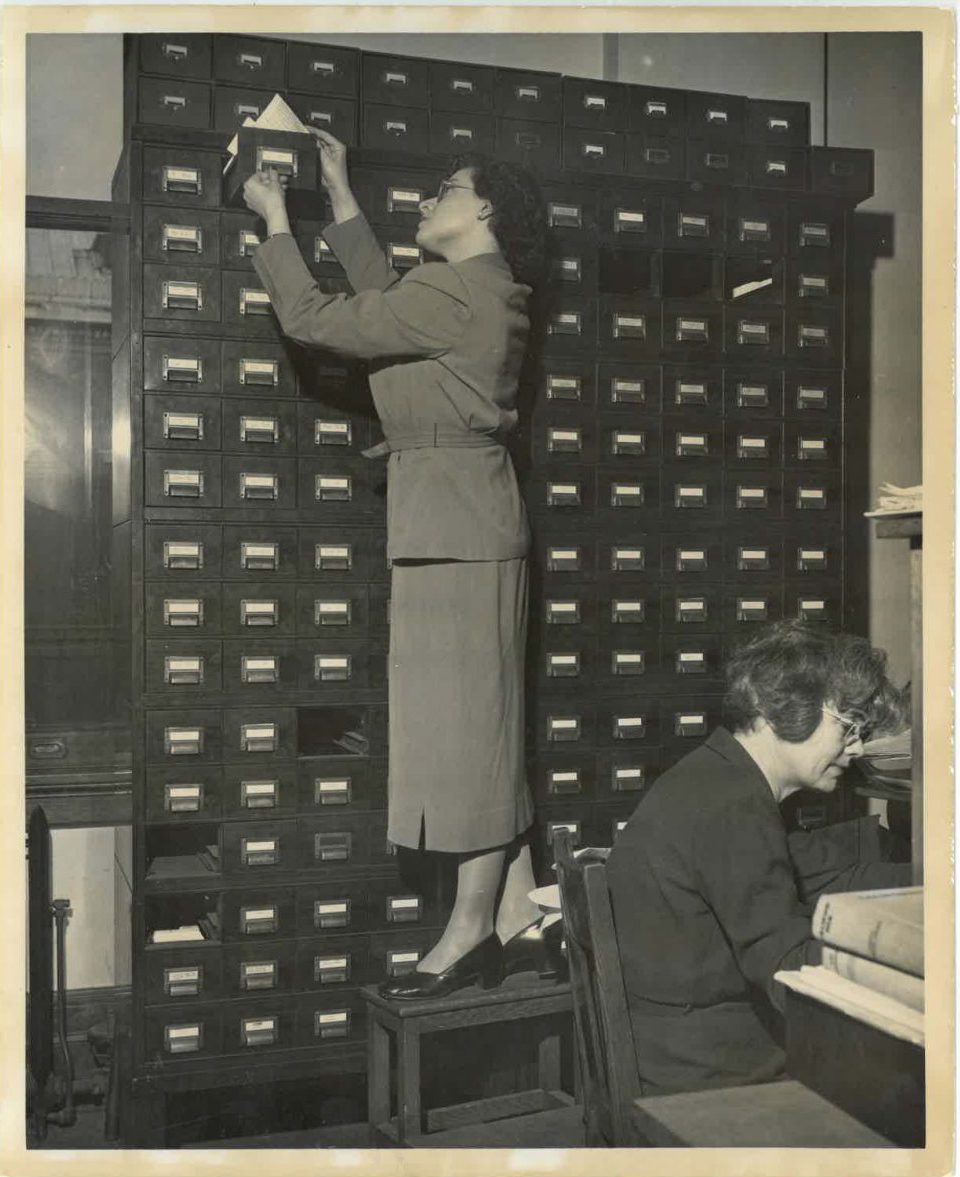My Time at CUP: John D. Moore

John D. Moore
COLUMBIA UNIVERSITY PRESS, 1968-1996
- EDITOR, 1968-1975
- EDITOR IN CHIEF, 1976-1980
- DIRECTOR, 1980-1996
> I came to the Press in 1968. Part of the hiring process was a luncheon in Faculty House with the editor in chief, Robert (Bob) Tilley and Charles G. Proffitt, the director. Mr. Proffitt was ever correct, yet a genial, smiling, and widely liked man on campus and at his precious club, the Century Association, then a men’s club on West Forty-Third Street, where all of the Press directors since the first, Seth Low, have, until recently, been members. Charlie, smiling, said, “I was hired by the Press in this job entirely without experience or knowledge of publishing.” He was cherished by most of the staff, and not only for the customary monthly Friday in-house buffet lunches. These were followed by the showing of a short film produced by the Press’s Center for Mass Communication and then, at two-thirty PM, by dismissal of all hands for the weekend. Among carbon copies of correspondence I once came upon a file of his letters to employees, graceful and sensitive, with finely expressed good wishes on the occasion of a birthday, a promotion, or retirement.
After Mr. Proffitt retired, in 1969, Robert G. Barnes was appointed director of the Press. He came from considerable experience in several executive posts at Doubleday and slimmed down some dispensable aspects of staff and work routine and set the Press on a path to the greatest period of economic health that it had ever seen. He continued his program of efficiency and thrift until his retiring in 1980.
My job was as an acquiring editor in several subjects, of which my favorite was anthropology, a discipline founded in the United States by a German, Franz Boas, first chair of the department at Columbia. He was recalled with amusement by Henry Wiggins, assistant director, for his calls to the Press announcing that a quantity of another book for his series was on the sea en route to the Press warehouse. It has always been customary for books to be published at Columbia only after review and approval by the staff and by the Press’s Faculty Publication Committee.
Our list in anthropology grew and came to include a series edited by Charles Wagley of the Columbia department that included a number of people trained by Boas. It was called Leaders of Modern Anthropology. A volume on Ruth Benedict (widely known for two books, Patterns of Culture and The Chrysanthemum and the Sword, an influential study of Japanese culture) was contributed by Margaret Mead. Professor Benedict, by then deceased, had been on the Columbia faculty and for a time married to Stanley Benedict, a medical scientist at Cornell. With the manuscript Dr. Mead sent a group of photographs; she was known then for her pioneering use of the camera in anthropological research. One of the photos was a halftone of an undistinguished fireplace, quite empty. When I asked why it was included she said, “Oh, that represents the emptiness of Ruth’s marriage.”
When I commented on this to the series editor he smiled and said, “Margaret and Ruth were an item.” In those days same-sex intimacies were not publicly discussed. It was some years before we launched our series on gay and lesbian studies.
In January of 1978 a young woman came on the staff as an editorial secretary. She left for a time to be an acquiring editor in the College Department at Macmillan. After several years she returned to the Press and took on a series of appointments, going from strength to strength. Her name? Why, it is Jennifer Crewe.









